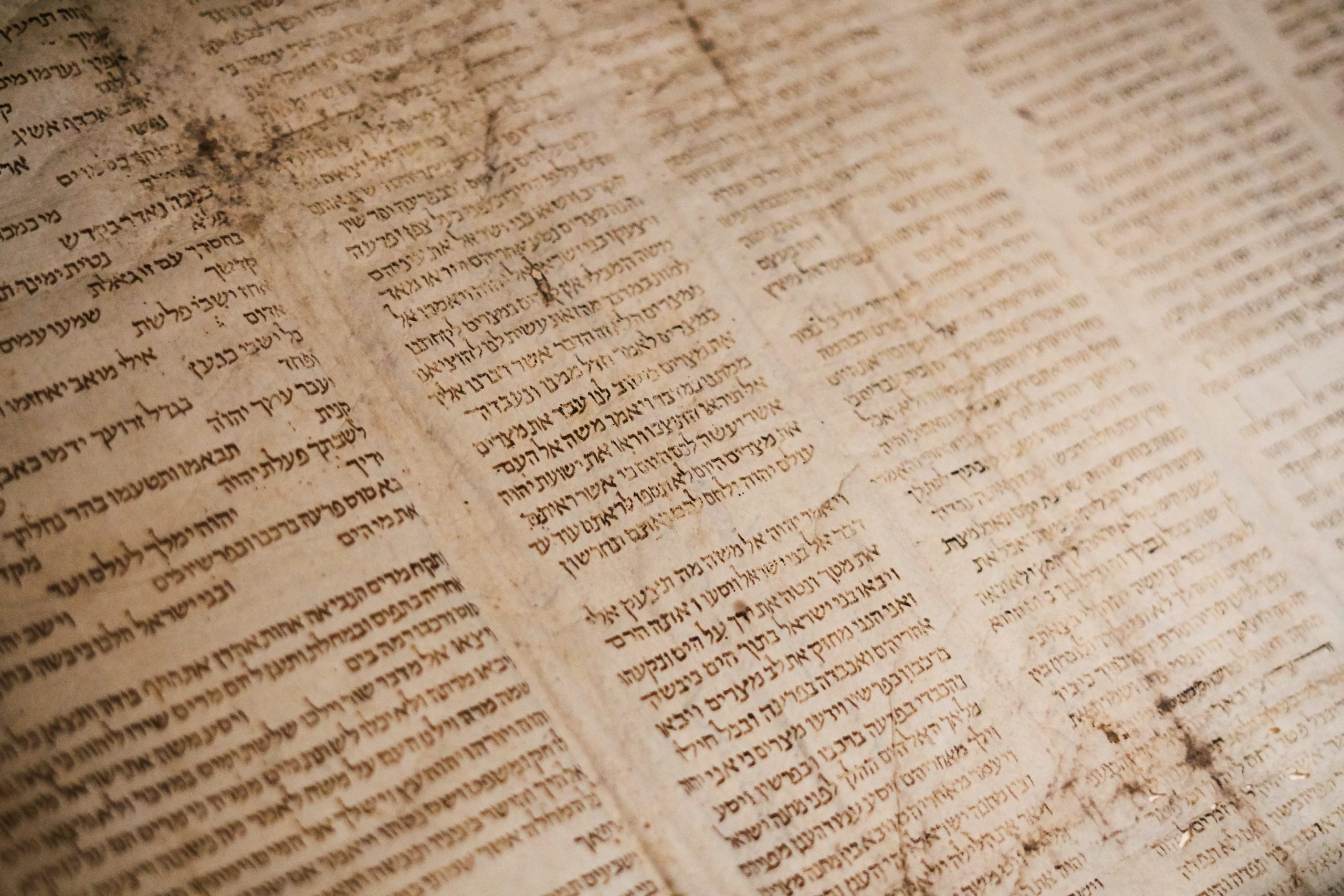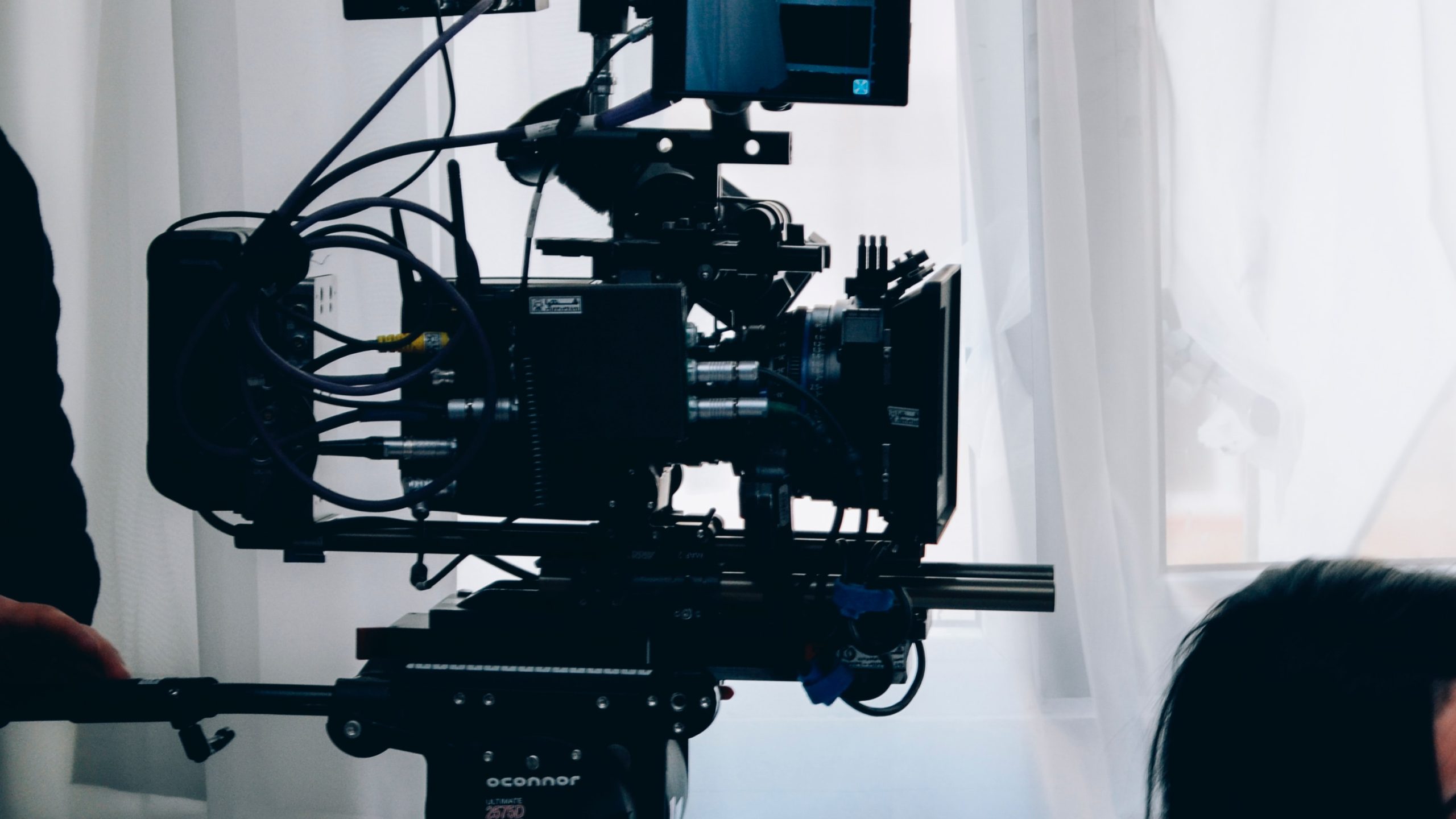Black Music Sunday is a weekly series highlighting all things Black music, with over 260 stories covering performers, genres, history, and more, each featuring its own vibrant soundtrack. I hope you’ll find some familiar tunes and perhaps an introduction to something new.
As we often do here at “Black Music Sunday,” we’re celebrating a birthday. Today’s honoree is bassist Ron Carter, who is inviting folks to his celebration this week at the Blue Note Club in New York City:
Ron Carter, was born on May 4, 1937, in Ferndale, Michigan. Joseph M. Reiner wrote Carter’s biography for Musician Guide:
As a Michigan teenager studying classical music, Ron Carter abandoned cello training and switched to double bass. Following a mere half year of intensive work, he managed to win a scholarship to the prestigious Eastman School of Music in New York. Carter had planned on a classical music career, only vaguely aware of jazz, but in 1958 a conductor visiting the school, Leopold Stokowski of the Houston Symphony, admired his work. However, Stokowski readily admitted that the South, at least, wasn’t ready for black musicians in their orchestras. Hearing this, Carter abruptly realized that racism had permeated the entire U.S. orchestral world–a state of affairs that, he would note in the late 1980s, really hadn’t changed much.
Carter finished his Eastman studies in 1959 and took off for the New York jazz scene. He immediately secured a gig with the well-known Chico Hamilton Quintet, featuring saxophonist Eric Dolphy. The group cut a record for Warner Bros. that was deemed too experimental and never released. After several months of touring, Carter settled down in New York for further training at the Manhattan School of Music.
For the next few years Carter did session work with a great number of musicians, including Cannonball Adderley, Randy Weston, and Jaki Byard. He also earned a master’s degree in music. But it was not until 1963 that Carter garnered national–and even international– attention, when he began his five-year stint with the now-legendary Miles Davis Quintet. With Carter on bass, a 17-year-old Tony Williams drumming, and Herbie Hancock playing piano, the quintet possessed “what has been called perhaps the greatest jazz-time-playing rhythm section ever,” according to Jazz–The Essential Companion.
Here’s Carter on the bass with Coleman Hawkins in 1960:
With Milt Jackson in 1962:
And here’s the song “Where” from his debut album, in 1961:
Garth Cartwright interviewed Carter for The Guardian about joining Miles Davis in 2023:
Regular work came Carter’s way and in April 1963, during a two-week residency with the trumpeter Art Farmer at New York’s Half Note club, Miles Davis entered and stood by the jukebox.
“At intermission, Miles came up to me and stated that Paul Chambers was leaving his band to go with Wynton Kelly and would I be interested in joining him for a tour he had booked? I replied: ‘Mr Davis’ – I didn’t call him Miles yet – ‘I am contracted to work with Art for the next two weeks. If he says it’s OK for me to leave early then I will happily join you, otherwise I have to honour my agreement.’ Miles went ‘What?’, then went over and spoke to Art and Art said it was OK for me to leave. So off I went. Miles respected that I was willing to honour my agreement with Art, that I wasn’t a flake, and this set us on a good standing.”
With 25-year-old Carter on board alongside the drummer Tony Williams (17), the pianist Herbie Hancock (22) and the saxophonist Wayne Shorter (33), Davis launched his second great quintet. Across the next five years they would redefine modern jazz, releasing six albums that blended the modal explorations of Davis’s 1950s quintet with electric instruments and increasing experimentation. Here, Carter’s fluid playing and original compositions established him at the forefront of the US scene.
“That band was a laboratory and Miles was head chemist,” says Carter. “I’m very proud of the music we made and, even now, I think it still stands out. Miles wasn’t one to give orders in the studio; he was more interested in what you would bring to the session. It was a case of listening, paying attention, understanding what was developing. It was an adventure.
On his YouTube channel, Carter posted this interview clip about that scenario with Davis:
Give a listen to “Seven Steps to Heaven,” Carters’ first recording with Davis:
“Tribute to Miles Davis,” with Herbie Hancock, Tony Williams, and Wallace Roney, garnered a Grammy in 1995.
Carter’s website offers a succinct overview of his career:
RON CARTER is among the most original, prolific, and influential bassists in jazz. He has recorded over 2200 albums, and has a Guinness world record to prove it!
In Jazz: From 1963 to 1968, he was a member of the acclaimed Miles Davis Quintet. Over his 60 year career, he has recorded with so many of the jazz greats greats: Lena Horne, Bill Evans, B.B. King, Dexter Gordon, Wes Montgomery, Bobby Timmons, Eric Dolphy, Cannonball Adderley and Jaki Byard to name a few. He can be heard on many iconic jazz records of the 60’s and 70’s such as Speak No Evil, Maiden Voyage, Red Clay, Speak Like a Child, Nefertiti and Miles Smiles, to name a few.
In other genres: After leaving the quintet he embarked on a prolific 50-year free lance career that spanned vastly different music genres and continues to this day. He recorded with Roberta Flack, Billy Joel, Paul Simon, Bette Midler and Aretha Franklin, appeared on the seminal hip-hop album Low End Theory with a Tribe Called Quest, wrote and recorded pieces for string quartets and Bach chorales for 2-8 basses and accompanied Danny Simmons on a spoken word album.
In a different mode, Carter recorded “Carter Meets Bach” in 1994:
For more on Carter, take an online visit to the Smithsonian Institution. (Here’s hoping the website remains given the depredations of our current politics.)
Smithsonian Jazz Oral History Program:
Ron Carter’s dexterity and harmonic sophistication on the bass have few rivals in jazz history. He has also employed both the cello and the piccolo bass, and is one of the first musicians to use those instruments in jazz settings.
A 47-page PDF interview with Carter, conducted by Devra Hall-Levy on May 16, 2011, is available to download here.
In 2022, Carter announced a new online discography of his work was being developed:
It’s online now at Ron Carter Universe, and I just spent the better part of the week (and am headed back) listening to an incredible cross-section of his music
What is amazing about the breadth of Carter’s work is the extensive list of his collaborations, detailed here by Bill Milkowski for Downbeat:
… Carter has collaborated with an array of artists ranging from Paul Simon, Billy Joel, Aretha Franklin, Roberta Flack, Diana Ross, Bette Midler, Phoebe Snow, The Rascals, Gil Scott-Heron (“The Revolution Will Not Be Televised”) and Santana on the pop side to Bill Evans, Chet Baker, Stan Getz, Kenny Dorham, Lee Morgan, Coleman Hawkins, Cannonball Adderley, Kenny Burrell, Milt Jackson, Eddie Harris, Charles Lloyd, Sonny Rollins and countless others on the jazz side.
Few other musicians have amassed such a disparate discography. A prime example: He played cello on Eric Dolphy’s 1961 album Out There and bass on the 1991 hip-hop landmark Low End Theory by A Tribe Called Quest. His impressive list of credits from early in his career includes Randy Weston’s Uhuru Africa in 1960, Gil Evans’ Out Of The Cool, Wes Montgomery’s So Much Guitar and Bobby Timmons’ In Person (live at the Village Vanguard), all released in 1961. A string of ’60s Blue Note recordings — Tony Williams’ Life Time, Herbie Hancock’s Empyrean Isles, Maiden Voyage and Speak Like A Child, Wayne Shorter’s The Soothsayer and Speak No Evil, Joe Henderson’s Mode For Joe and The Kicker and McCoy Tyner’s The Real McCoy — brought him further esteem. Add to that ‘70s classics like Freddie Hubbard’s Red Clay, Tyner’s Extensions, Jim Hall’s Concierto, Antônio Carlos Jobim’s Stone Flower, Woody Shaw’s Blackstone Legacy, Stanley Turrentine’s Sugar and George Benson’s Beyond The Blue Horizon.
Carter clearly doesn’t limit himself to working within only jazz genres—or even with only musicians, which Herb Boyd discussed in Downbeat:
When bassist and bandleader Ron Carter left the Blue Note stage on a recent night in lower Manhattan, a group of fans trailed behind him as he headed to the upstairs dressing rooms.
A line of autograph seekers with albums, books, programs and other memorabilia already had formed outside the door. Two or three were called in at time to bask in Carter’s presence, and he seemed to enjoy the adulation. Several of his admirers had copies of The Brown Beatnik Tomes (Live At BRIC House), the bassist’s recently released concert album recorded in 2015 with poet Danny Simmons. The disc’s title invokes the Beat Generation, and though Carter, 82, lived during that dynamic period of nonconformists, he said he didn’t participate, referring to it as mainly a movement of white guys.
The album, though, isn’t his first collaboration with someone from outside the jazz world. Carter scored and performed on the soundtrack to O Povo Organizado (The People Organized), a 1976 documentary by Robert Van Lierop about the successful revolutionary struggle in Mozambique.
The bassist added: “In the past, I had worked with poets, as well as folk singers, such as Leon Bibb. That was also at a time when LeRoi Jones was a popular poet and working with musicians. Danny Simmons came to me and asked if I would commit to [the project]. I didn’t know him, but I knew his brother [Def Jam founder Russell Simmons]and so it was on. I think, overall, we accomplished what we set out to do, and I hope it was a mutually rewarding experience.”
A case in point, his work with poet Danny Simmons:
A unique and powerful collaboration between the artist and poet Danny Simmons and legendary jazz bassist Ron Carter. This live recording from BRIC House in Brooklyn captured Simmons reading poetry from his collection of prose The Brown Beatnik Tomes with projections of his own striking Abstract Expressionist paintings providing the stage backdrop while Carter performed solo accompaniment along with instrumental interludes from his fleet trio.
When I saw the beatnik-related story, I had a flashback to my teenage years, in Hollis, Queens, and remembered where I had first seen Carter. It was not in a club—it was in the home of my parents’ good friends, folksinger Leon Bibb and his wife, Marilyn, who lived a few blocks away from us. Their twins, Eric and Dorie, were my friends. Eric Bibb would grow up to carry on his dad’s legacy as a folk singer and would record with Carter:
Fans of the work of poet and singer Gil-Scott Heron may not be aware that it was Carter on the bass with him on his 1971 album “Pieces of a Man,” which Carter discusses here:
“The Revolution Will Not Be Televised”:
PBS produced a documentary on Carter, called “Finding the Right Notes,” which aired in 2022 and which I strongly suggest you find and view.
Here’s a sample:
There is simply too much music in Carter’s arsenal to cover in one story.
I’ll close here with a 2023 concert at Manhattan’s Trinity Church:
Trinity Church video notes:
On Sunday, December 10, Trinity Church Wall Street welcomed the Ron Carter Trio to perform at our final Jazz Icons concert of the year. Enjoy the full stunning set here, featuring Russell Malone and Donald Vega.Trinity presents Jazz Icons, in collaboration with JAZZ HOUSE KiDS, to showcase some of the most prolific and influential artists in jazz history. Past performers include Christian McBride, Samara Joy, Steve Turre and others
Join me for lots more in the comments section below, and please feel free to post your favorites from Carter and wish him a very happy 88th birthday today!
Campaign Action















